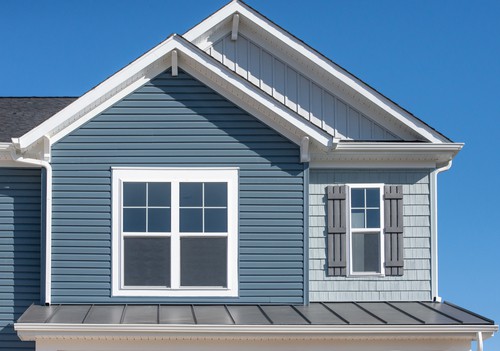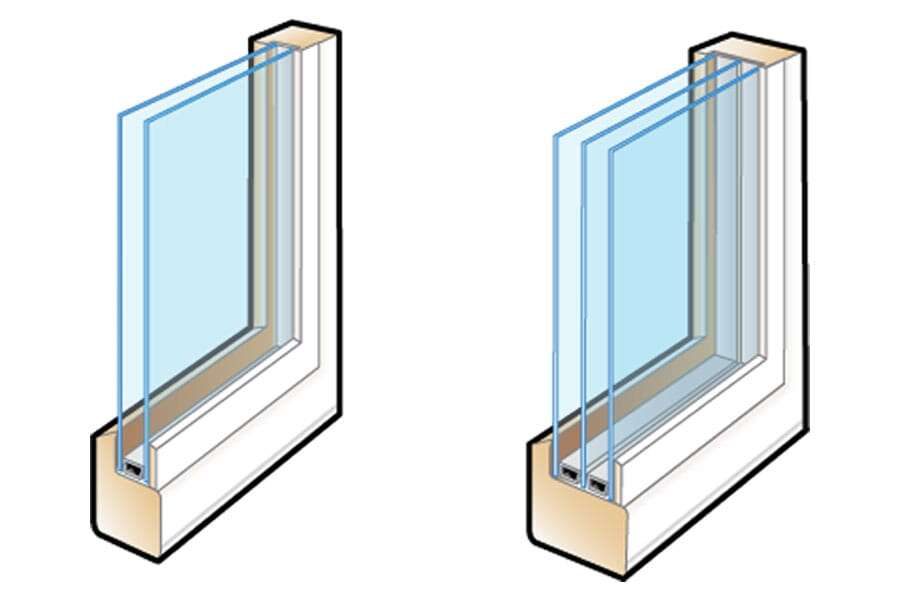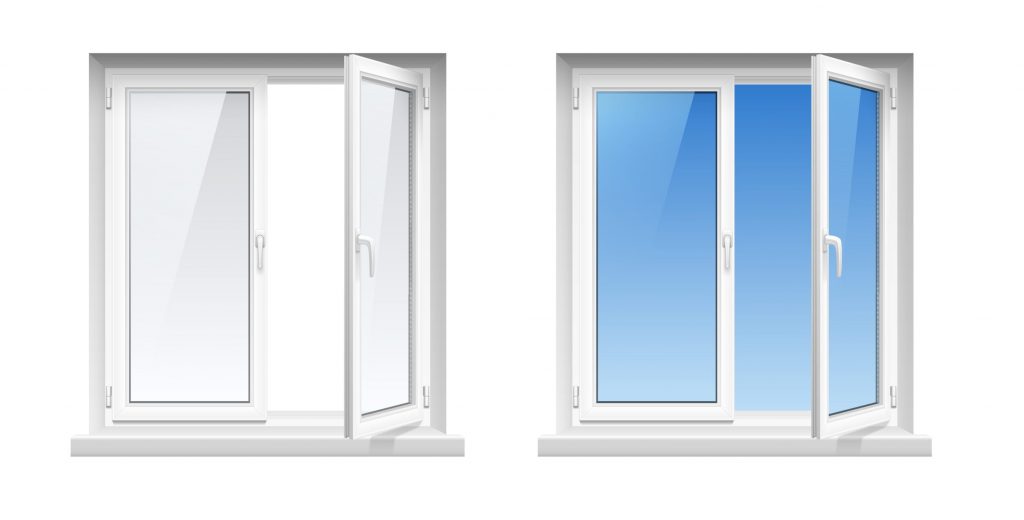TIPS
How to pick energy-efficient windows
If you are trying to keep heat in, out, or both — depending on the time of year, the right windows can help reduce energy use and make it less expensive to keep your home comfortable.

When we talk about energy-efficient windows, we’re mostly talking about glass. Here’s what you need to know to pick out energy-efficient windows ideal for your climate.
Different Types of Glass
Each windows is made with single, dual, or triple-pane glass, each offering distinct differences in performance.
Single-pane glass consists of a single sheet of glass separating the interior and exterior spaces. It is commonly found in older homes and can possess a charming aesthetic, especially when crafted with leaded glass. However, single-pane glass lacks energy efficiency. To enhance insulation, single-pane glass windows are often accompanied by storm windows on the outside.
Dual-pane glass features two sheets of glass with an airspace in between. This airspace is typically filled with a denser argon-gas blend, surpassing the insulating capabilities of single-pane glass. Dual-pane glass is a standard option for all our windows.
Triple-pane glass takes insulation a step further by incorporating an extra pane of glass and an additional airspace. This configuration makes it the most energy-efficient type of glass available.

Thermal performance
To put it in simpler terms, the “energy efficiency” of a window refers to its ability to retain heat inside the home. This can be measured using a value called the U-Factor, which assesses how effectively a window or door prevents heat from escaping. A lower U-Factor indicates less heat loss. Understanding U-Factor values can be useful when comparing different window brands to make an informed choice.


